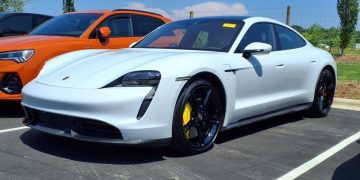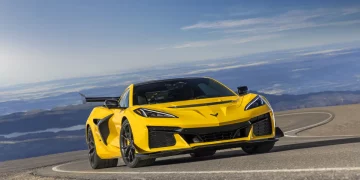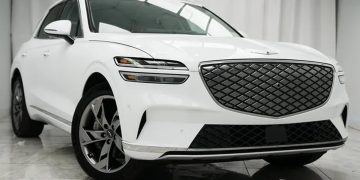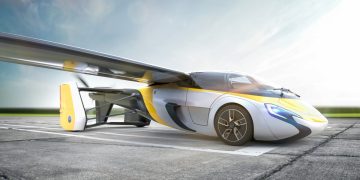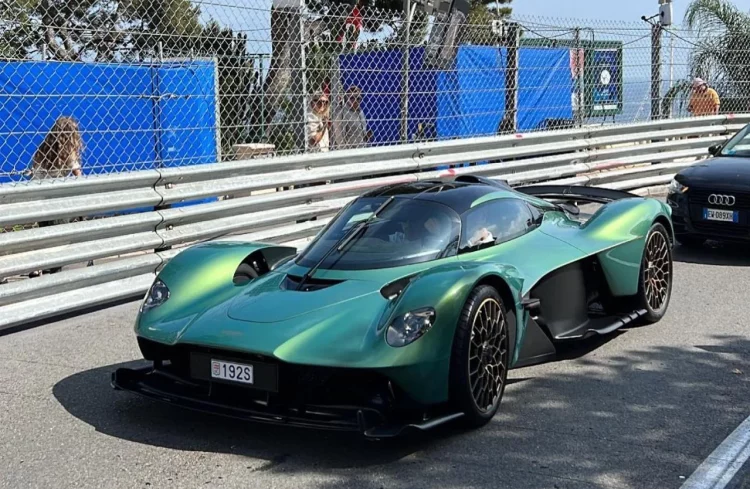The Aston Martin Valkyrie stands as one of the most ambitious hypercars ever created. With a design derived from F1 technology and a relentless pursuit of high-performance engineering, it promises to be a monumental achievement in automotive history. Yet, as with any high-performance machine, the question remains: can the Valkyrie live up to its promise? Can it deliver on the expectations set by its bold specifications and cutting-edge technology? This article delves into the heart of the Valkyrie, evaluating its performance, engineering, design, and real-world usability. Through this exploration, we’ll address whether this hypercar truly offers the performance it promises or if it’s more of a high-tech spectacle.
The Vision Behind the Aston Martin Valkyrie
The Aston Martin Valkyrie isn’t just another supercar; it’s the culmination of years of engineering, design, and racing heritage. Designed in collaboration with Red Bull Racing’s F1 engineers, the Valkyrie was created with a singular focus on delivering the performance of a Formula 1 car on the road. The partnership between Aston Martin and Red Bull Racing has brought a level of engineering sophistication that is unlike any other in the hypercar world. The Valkyrie is built around a lightweight carbon fiber structure, pushing the boundaries of aerodynamics, while its interior focuses on high-performance ergonomics with every detail meticulously crafted to deliver the utmost in driving experience.
But while the design philosophy is clear, the real question lies in how these bold ideas translate into a car that is both capable of track-level performance and usable on the road. Is the Valkyrie a true street-friendly machine, or is it too radical for the average driver? And how does it compare to its rivals in the hypercar space, such as the Ferrari LaFerrari or the McLaren P1?
The Powertrain: A Hybrid Formula 1 Engine for the Road
One of the most significant elements that set the Valkyrie apart from its competitors is its powertrain. The car is powered by a naturally aspirated 6.5-liter V12 engine developed by Cosworth, producing 1,000 horsepower. In addition to this, the Valkyrie features a hybrid KERS (Kinetic Energy Recovery System) system, which boosts power further, delivering a total output of around 1,160 horsepower. This combination of traditional internal combustion and hybrid power is designed to replicate the kind of performance seen in Formula 1 racing, where every component must work in perfect harmony to extract the maximum amount of power and efficiency.
The V12 engine is paired with a seven-speed dual-clutch transmission, providing incredibly quick gear shifts. However, while the powertrain is undeniably impressive, it’s not just about raw power—it’s about how the car handles and delivers that power to the ground. The Valkyrie boasts a power-to-weight ratio that is among the highest in the industry, with a dry weight of just 1,030 kilograms (around 2,270 pounds). This lightweight structure, combined with its hybrid powertrain, allows the Valkyrie to reach a top speed of over 250 mph (402 km/h) and achieve a 0-60 mph time in under 3 seconds.
But how does this raw performance translate to real-world driving? The hybrid system is designed to provide instant torque and maximize efficiency while minimizing fuel consumption. But with all this technology, the key question remains: how does it feel behind the wheel? Does the hybrid system provide a seamless driving experience, or does it feel more like an experimental setup?

The Driving Experience: F1 Technology for the Road
The Valkyrie is designed to be an extension of the driver, offering a level of feedback and control that rivals the best race cars. The car’s handling is characterized by an incredible amount of grip, thanks to its active aerodynamics and sophisticated suspension system. With a double-wishbone setup in the front and a multi-link system at the rear, the car provides exceptional cornering performance, stability, and handling precision. The suspension, combined with the car’s low weight and aerodynamics, allows the Valkyrie to corner with incredible speed and accuracy, something that would typically be reserved for track-only vehicles.
Moreover, the hybrid powertrain, paired with a seven-speed dual-clutch transmission, offers lightning-fast gear shifts, making acceleration a thrilling experience. However, the hybrid system isn’t just about speed—it’s also about efficiency. The car’s hybrid system recovers energy during braking and uses that energy to boost acceleration, giving the Valkyrie an almost supernatural responsiveness when the throttle is applied. But while these numbers are impressive on paper, how well do they hold up in real-world driving scenarios?
Real-World Usability: Is the Valkyrie a Car for the Road?
While the Aston Martin Valkyrie’s performance is undeniably impressive, it’s not just about how fast it can go around a track—it’s about how well it performs in everyday situations. The car’s low ride height and aggressive aerodynamics make it an impractical choice for daily driving, especially in areas with poor road conditions. The Valkyrie’s cabin, though sleek and minimalist, isn’t particularly luxurious by hypercar standards, with a focus on function over comfort. The car’s low driving position and the cockpit-like interior make it feel more like a race car than a road car.
Additionally, the Valkyrie’s hybrid system, designed for optimal performance on the track, isn’t as efficient in terms of fuel economy. While the system can provide instant torque and recover energy during braking, the real-world driving experience may not be as smooth as expected. The hybrid system is primarily focused on maximizing performance, and as a result, it can be difficult to drive smoothly in urban environments.
The Price Tag: Is It Worth It?
As with most hypercars, the Aston Martin Valkyrie comes with an astronomical price tag. With an initial starting price of around $3 million, it’s clear that this isn’t a car for the average buyer. However, when you’re purchasing a machine with such cutting-edge technology and unparalleled performance, the price tag might be justified—if the car lives up to its promises. The question is, does it?
Given the Valkyrie’s exclusive production run (only 150 units will be made), it’s clear that Aston Martin is positioning this car as a collector’s item, much like other hypercars in its class. But the real question is whether the Valkyrie will hold its value over time. Will it become a future classic, like the Ferrari F40 or the McLaren F1? Or will it fade into obscurity as another high-priced, high-performance vehicle that didn’t quite live up to its expectations?
The Verdict: Can the Aston Martin Valkyrie Truly Deliver?
At the end of the day, the Aston Martin Valkyrie is an incredible machine that represents the pinnacle of automotive engineering. Its combination of hybrid power, lightweight construction, and active aerodynamics puts it at the forefront of modern hypercars. However, whether it truly lives up to its promises is another matter. The car’s performance, while exceptional, is unlikely to translate well to real-world driving, making it more suited to collectors and enthusiasts who are interested in track-focused driving rather than daily use.
The Valkyrie is undoubtedly a hypercar for the future—one that pushes the boundaries of what’s possible in terms of performance and design. But in terms of real-world usability, it’s a car that comes with significant compromises. For those willing to accept those limitations in exchange for unparalleled performance, the Valkyrie is a dream come true. For others, it may be more of a technological marvel than a practical machine. Whether it will stand the test of time as a true collector’s car remains to be seen, but for now, it remains a testament to Aston Martin’s commitment to pushing the boundaries of automotive engineering.









